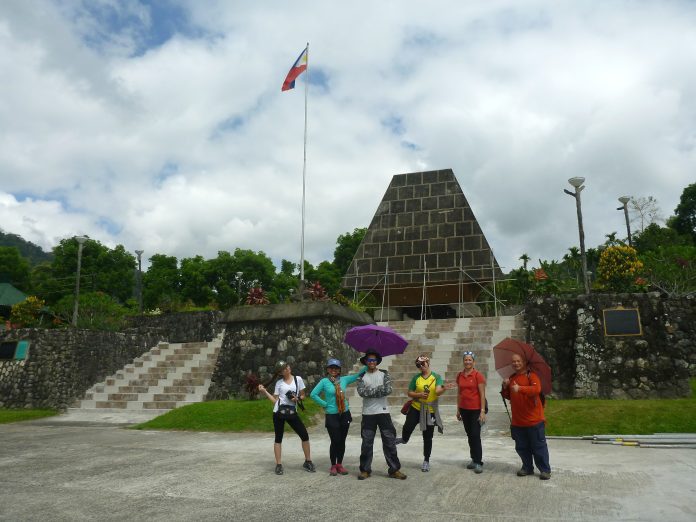Here’s a revised version of your passage:
When summer arrives on the island of Luzon, many travel enthusiasts, both local and international, flock to popular tourist spots to escape the heat, such as the beaches in Batangas, Palawan, Baler, La Union, and Ilocos Norte. Others prefer the cooler climates of destinations like Baguio, Sagada, and Tagaytay.
For those passionate about heritage and culture, especially those interested in the indigenous traditions of the Cordillera region, the historic town of Kiangan in the north is a must-visit. Though it takes about 7-8 hours to reach from Manila, it’s a hidden gem worth exploring.
Kiangan, the oldest municipality in the province of Ifugao, is considered the cradle of Ifugao culture, a fact often unknown to many tourists. For commuters, CODA Lines offers tourist buses to Kiangan, departing in the evenings from HM Transport Inc. at Monte De Piedad Street corner Maryland Street in Cubao, Quezon City. Look for buses headed to Banaue or Sagada.
If you’re visiting Kiangan for the first time, be sure to stop by the Kiangan Town Hall for information on how to explore the area. In Barangay Ambabag, you can wander around the Bae Rice Terraces and catch a view of Kiangan’s highest mountain, Mount Kapugan, which is also a great hiking destination.
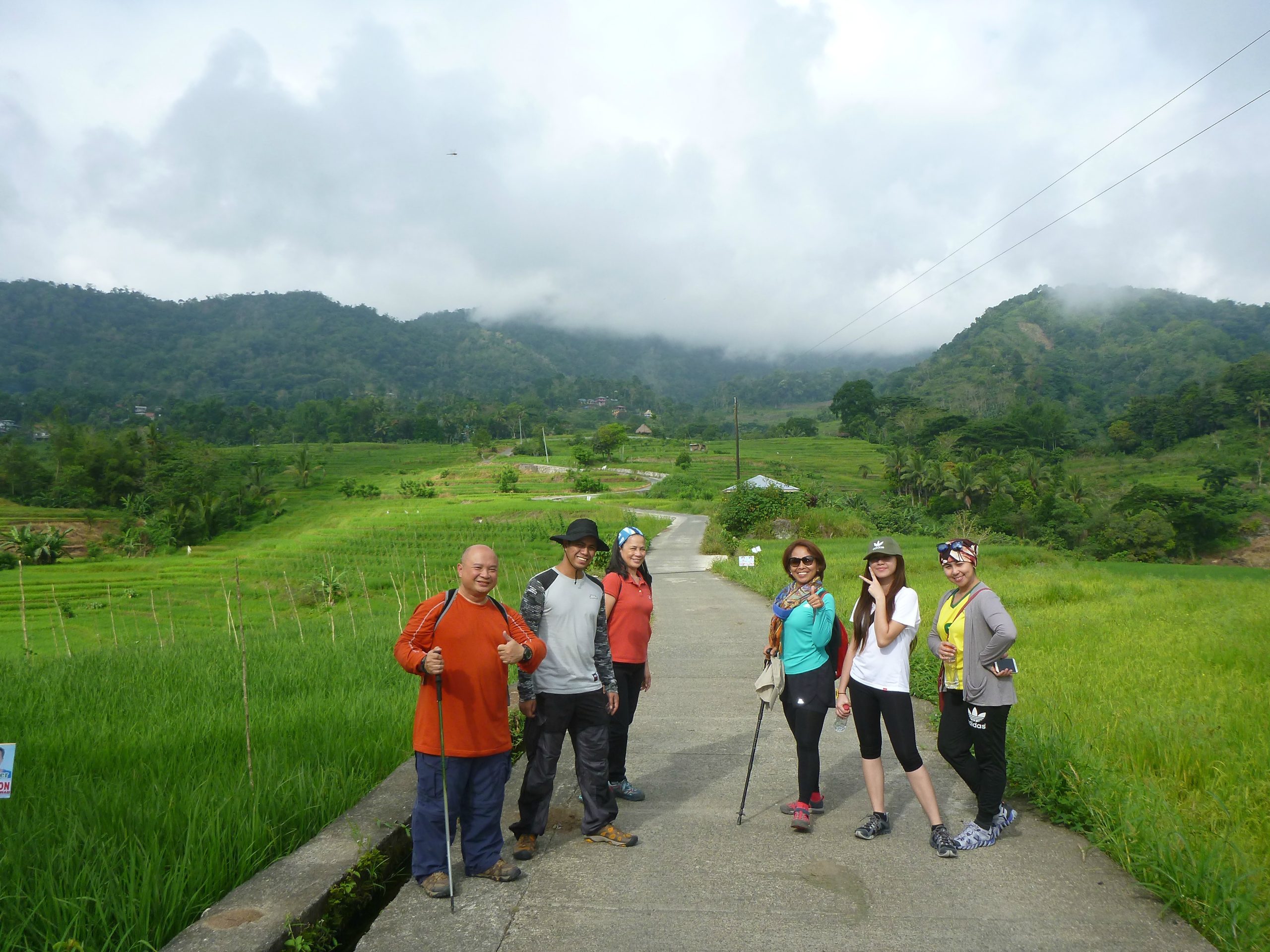
Here’s an improved version of your passage:
Along the Kiangan-Tinoc-Buguias Road, you’ll find several notable landmarks. The Indigenous Peoples Education (IPED) Center offers both locals and tourists the chance to learn about Ifugao culture. The Yamashita Surrender Site marks the location where General Yamashita surrendered to the Allied Forces in 1945, effectively ending World War II. Just a short walk away are the Protestant United Church of Christ in the Philippines (UCCP) and the Ifugao Academy, both established by American missionaries.
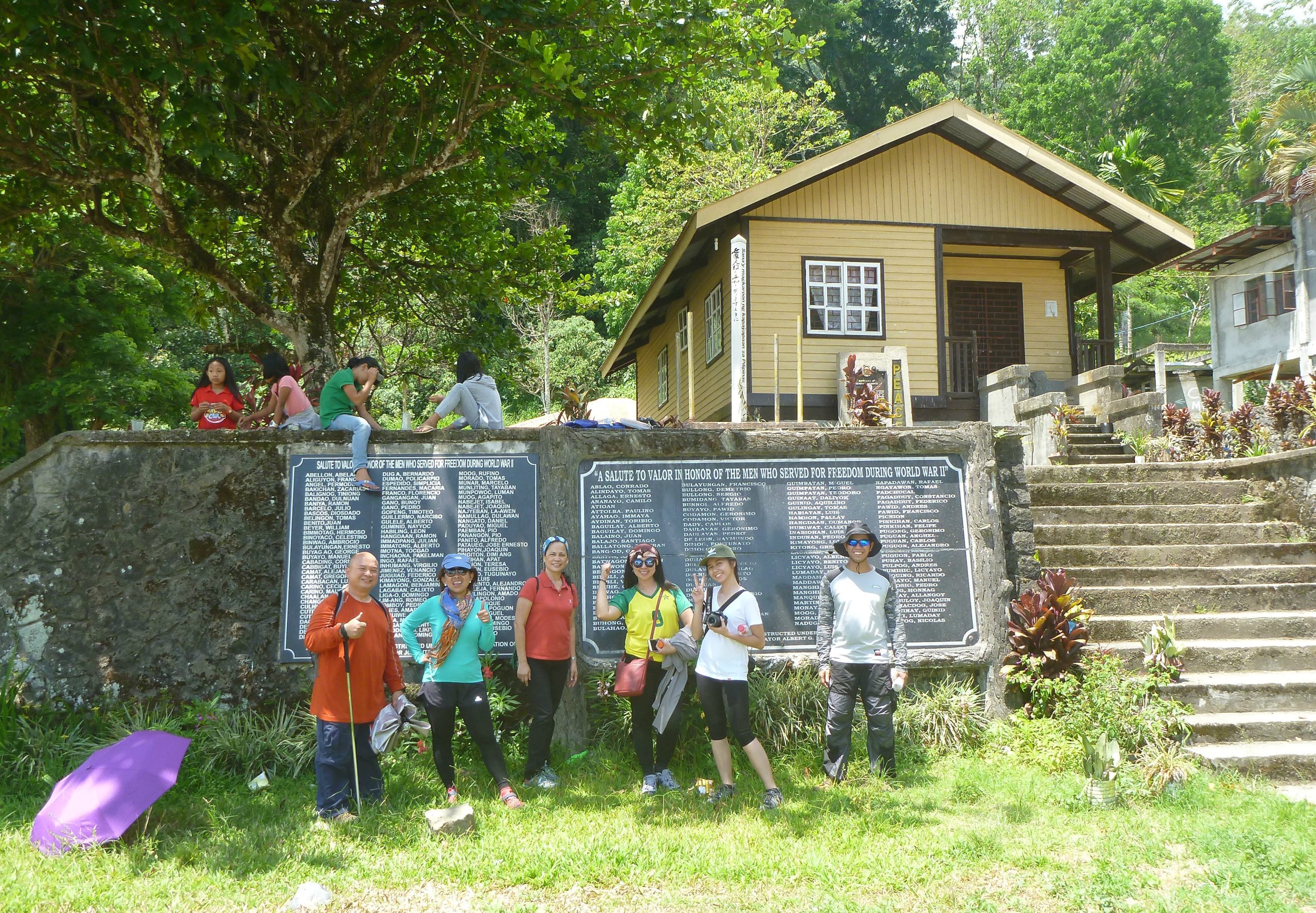
The Kiangan National Shrine is a war memorial commemorating the surrender of the Japanese during World War II and the heroism of the soldiers who died for peace.
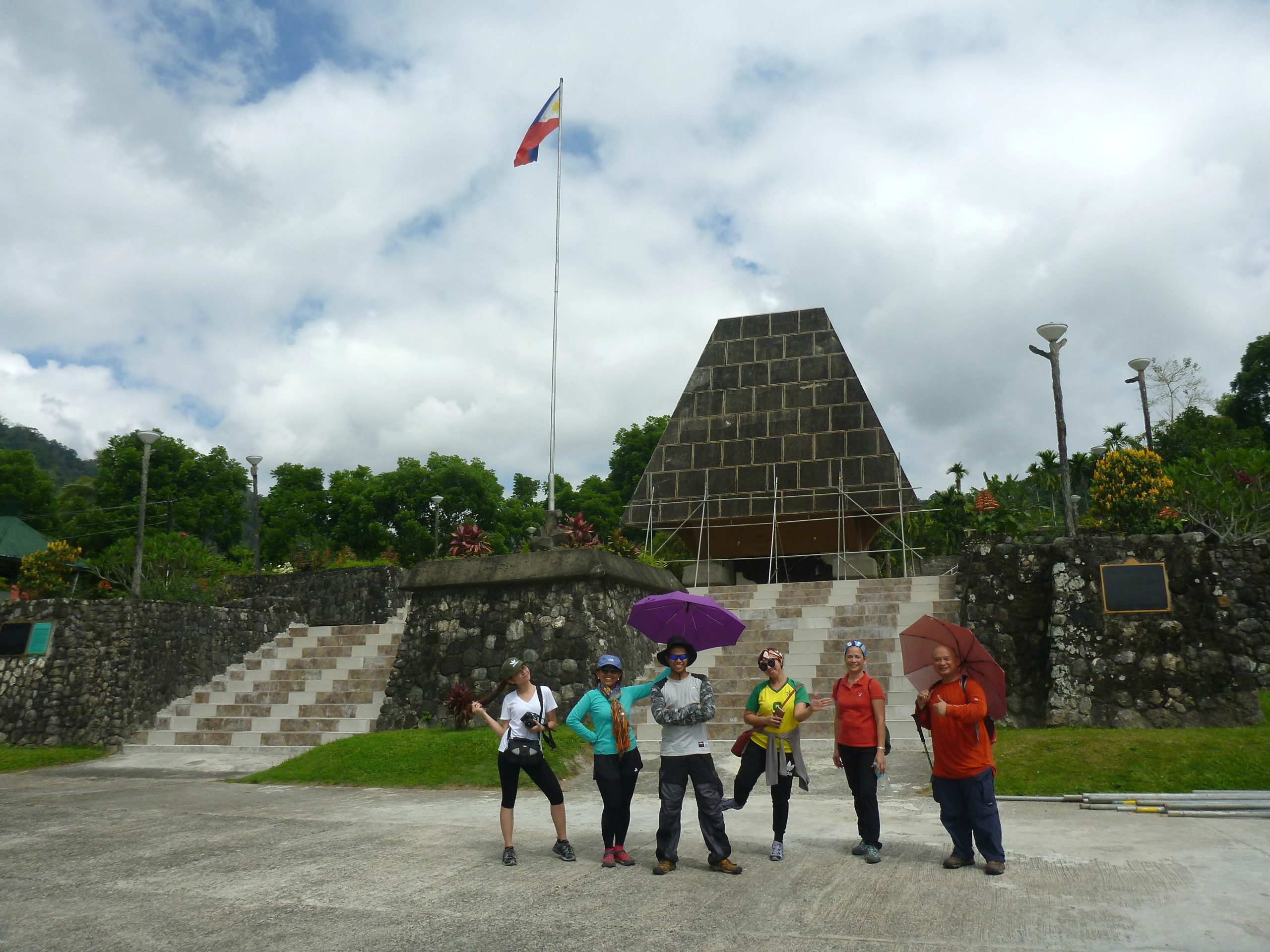
Saint Joseph’s Church, a Catholic church is located at Pindongan, was built by Belgian missionaries in the 1950’s.
For nature trekking, head to the Nagacadan Rice Terraces in Barangay Nagacadan. This site is recognized as a UNESCO Heritage Site and offers a scenic and culturally rich trekking experience.
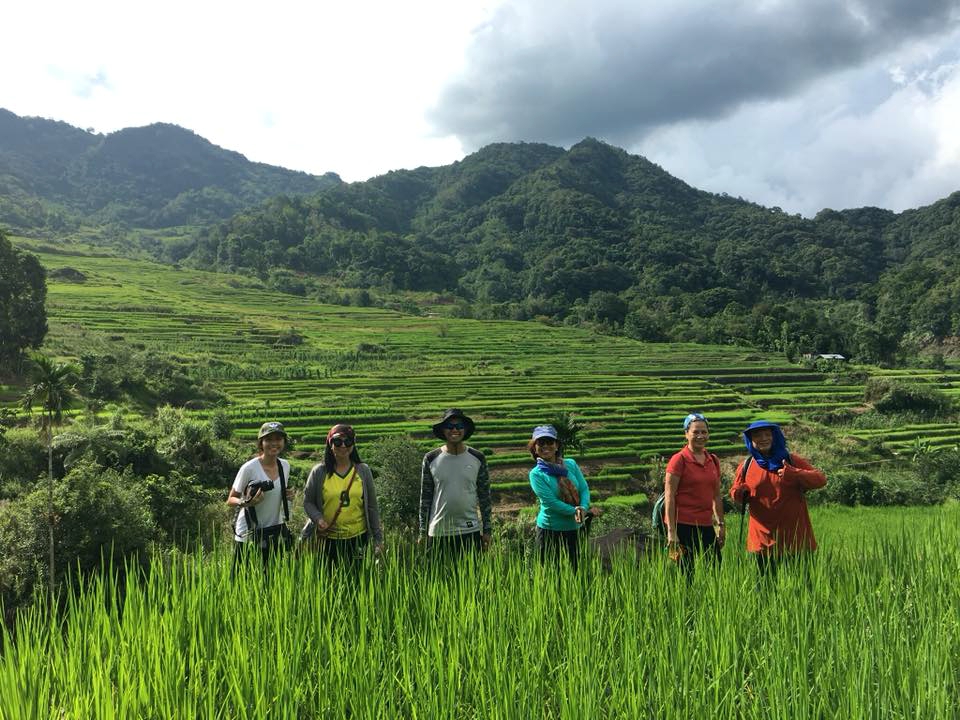
The name Kiyyangan is believed to be the dwelling place of Wigan and Bugan, the ancestors of the Ifugaos.
What more could you ask for from a hidden gem that’s both laid-back and rich in culture?
Explore Pinas!

